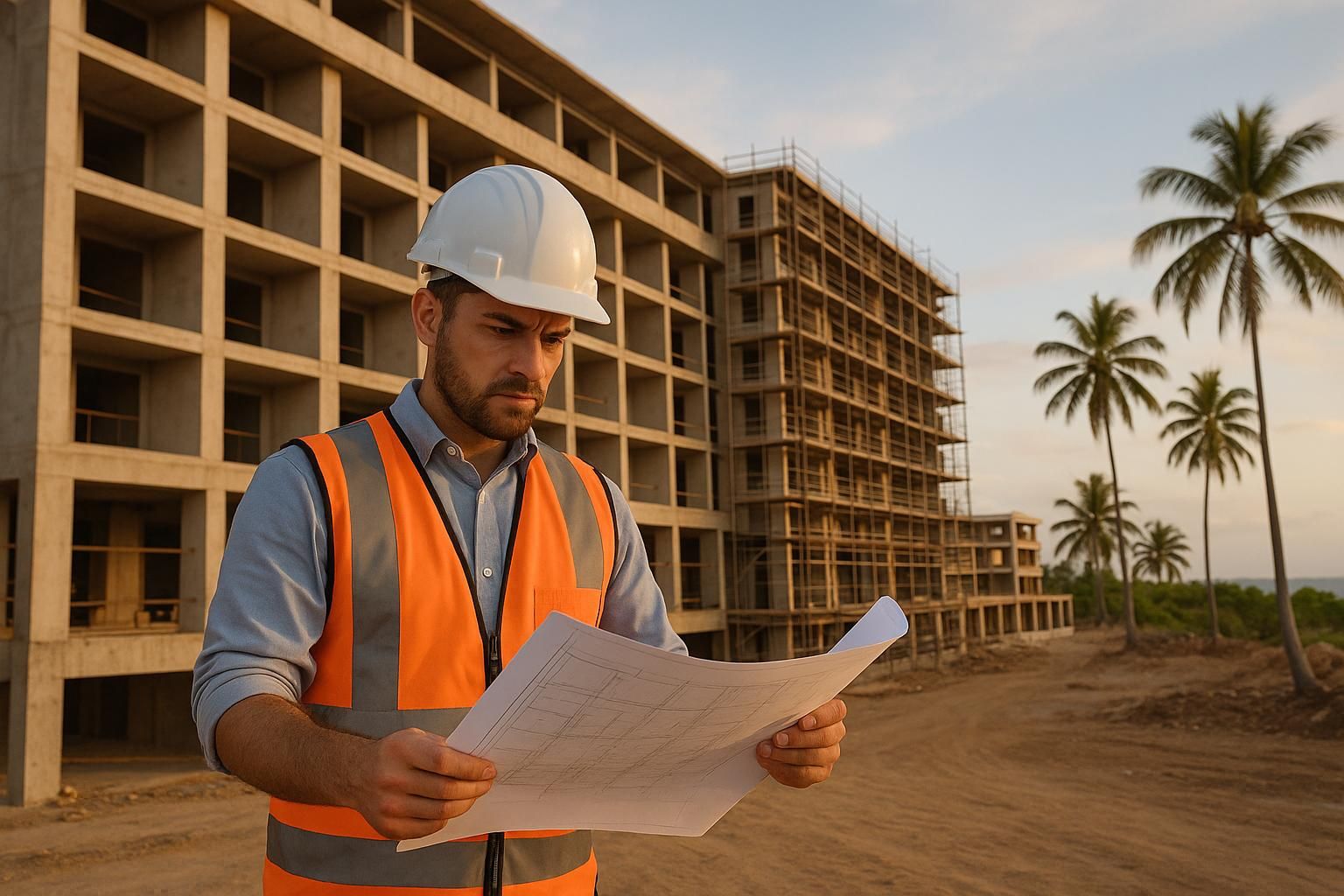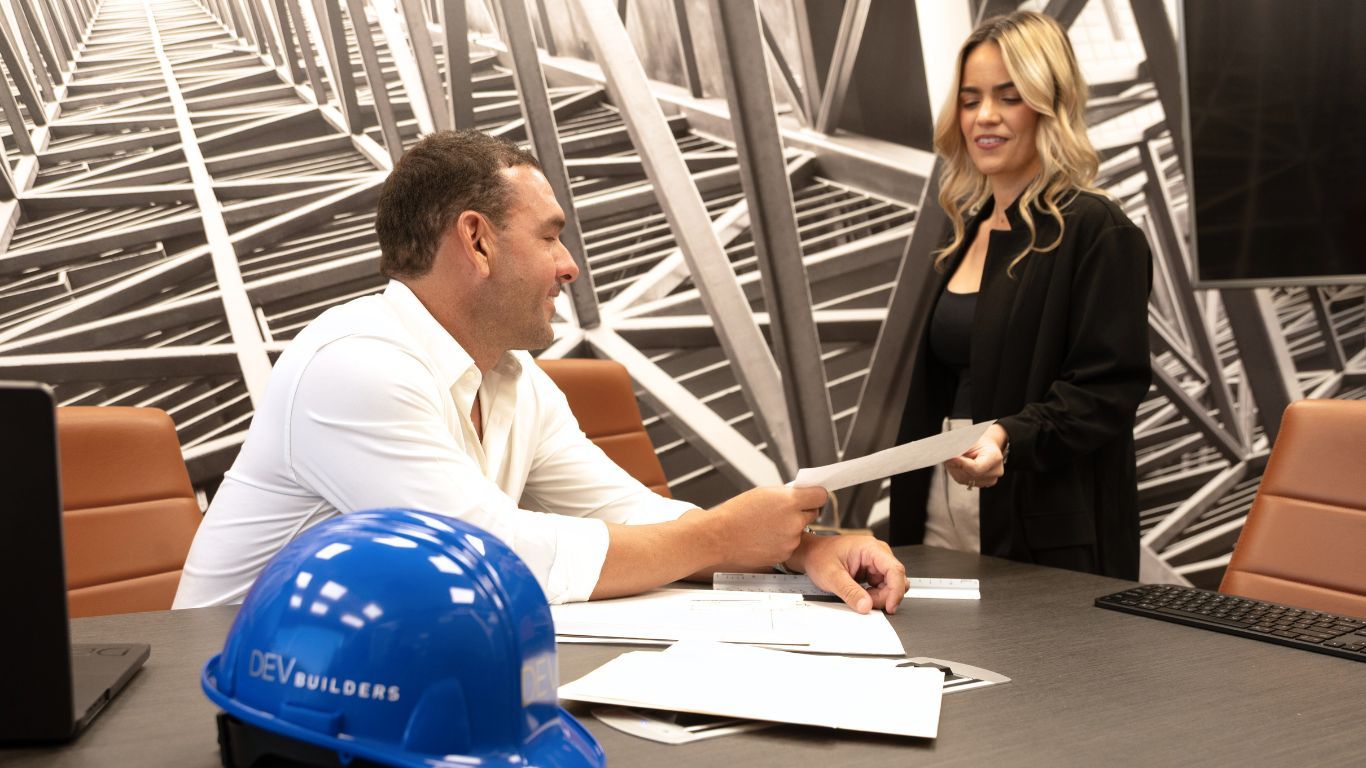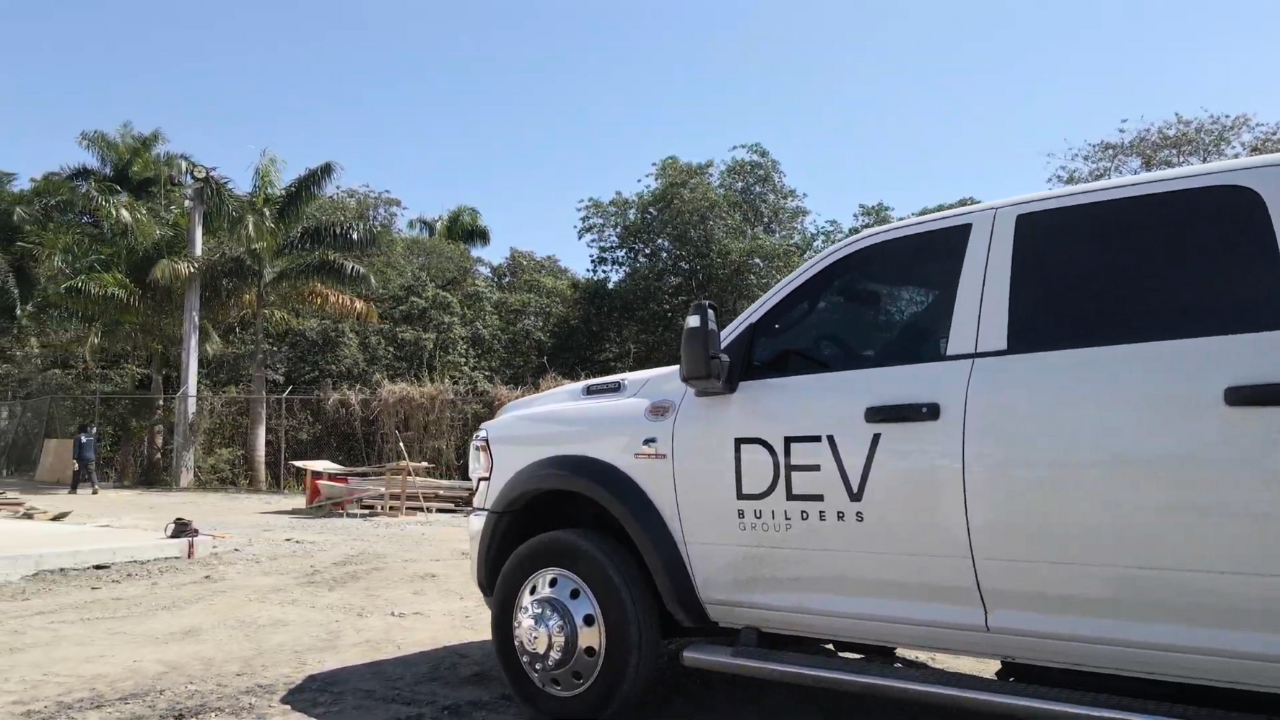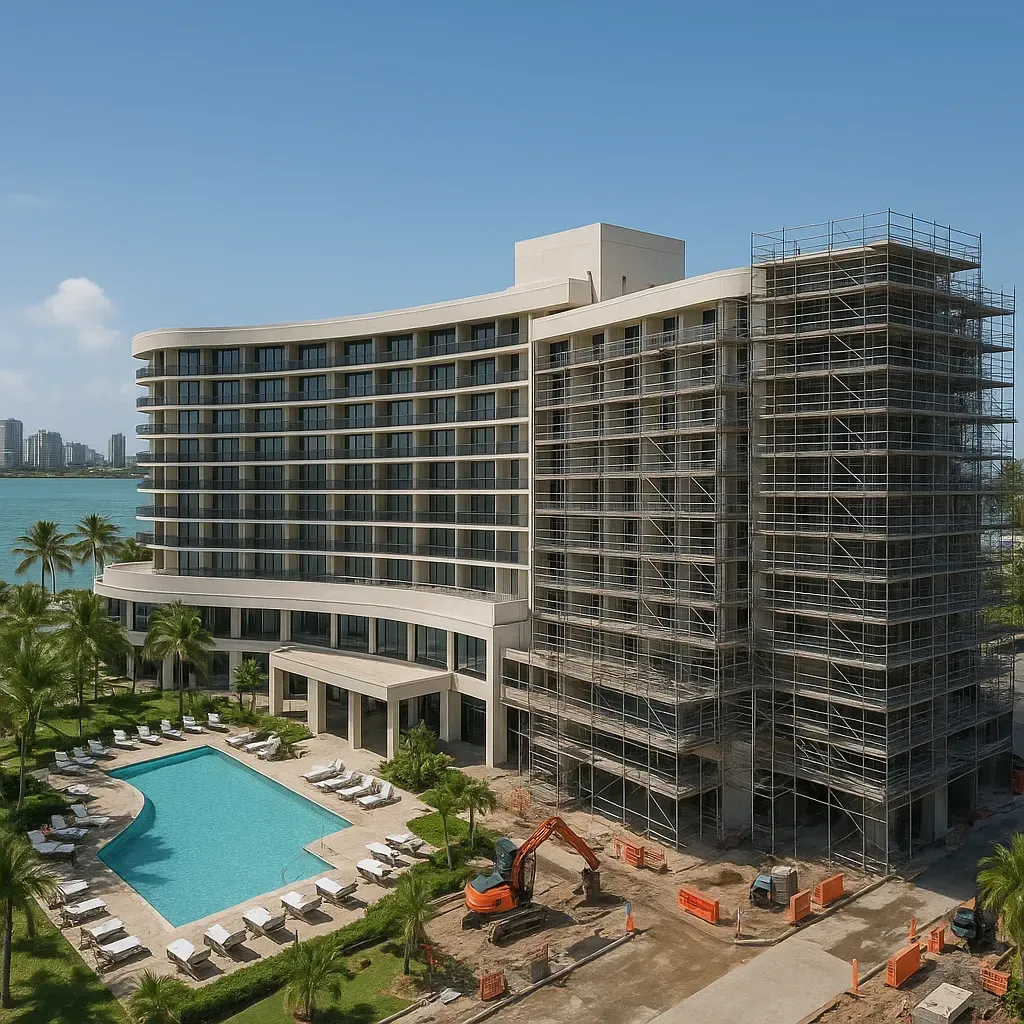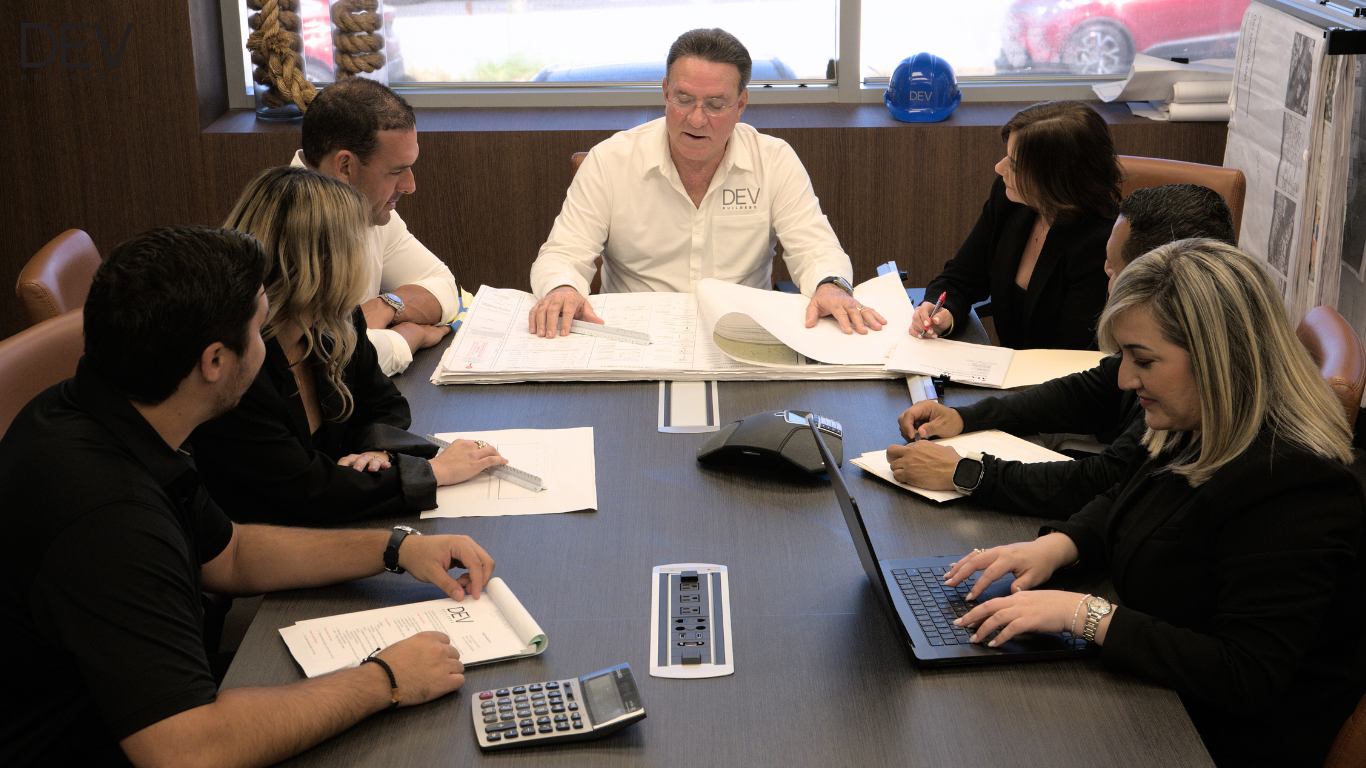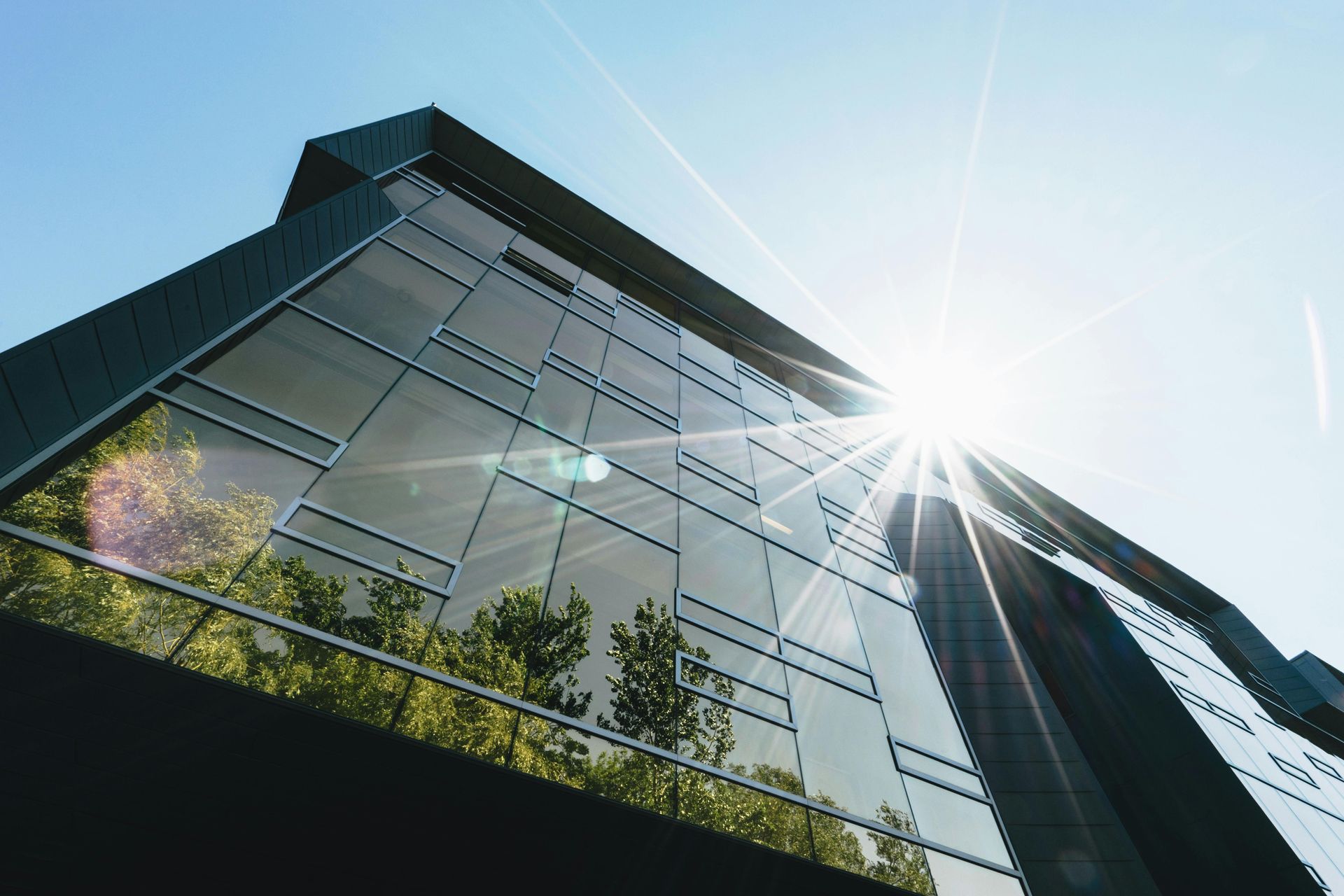Top Sports Facility Trends in Puerto Rico 2025
Quick Answer:
Puerto Rico’s sports facility market in 2025 is shaped by multi-sport versatility, technology integration, sustainability, and booming sports tourism, creating opportunities for high-quality, resilient builds that serve communities and attract global events [1][2].
TL;DR
- Multi-sport complexes maximize usage, ROI, and disaster resilience [3].
- Smart stadium technologies enhance fan experience and operations [4].
- Sustainability is a construction requirement under Puerto Rico’s updated codes [5].
- Sports tourism drives demand for world-class venues [1][6].
- Pickleball is the fastest-growing sport, fueling niche facility projects [7].
Puerto Rico’s Sports Infrastructure: A Market in Transformation
Puerto Rico’s deep sports culture and year-round warm climate make it a natural destination for sporting events [1].
Yet, decades of underinvestment and the devastation from Hurricanes Irma, Maria, and Fiona left much of its infrastructure in disrepair [2].
This challenge has sparked unprecedented investment: FEMA has allocated over $356 million to rebuild more than 950 sports and recreation facilities [2].
Coupled with private developments and public-private partnerships (P3s), these projects are not just replacing structures; they’re building back stronger, smarter, and more sustainable.
1. Multi-Sport & Adaptive Facility Design
Globally, venues are moving from single-sport use to flexible layouts that can host multiple activities [3].
This trend is particularly relevant in Puerto Rico, where hurricanes can temporarily disable certain sports infrastructure.
- Local Example: The
Dorado Beach Sports Hub
offers courts for pickleball, padel, beach tennis, basketball, volleyball, and soccer [3].
- Resilience Advantage: If one facility area is damaged, others can remain operational, keeping the community engaged and revenue flowing.
For construction companies, designing multi-sport complexes is about more than maximizing space; it’s about ensuring economic and operational stability in a disaster-prone region.
2. Technology Integration: From AI to Smart Stadiums
Modern sports facilities are now tech hubs. In 2025, construction projects increasingly integrate:
- AI & Data Analytics for player performance tracking and fan personalization [4].
- AR/VR Systems for immersive athlete training [4].
- Smart Stadium Features like digital ticketing, crowd navigation, and location-based services [4].
Puerto Rico Example: The Coliseo de Puerto Rico has implemented electronic ticketing and enhanced security systems, showing a commitment to digital modernization [4].
For developers, including technology in the design phase ensures venues are future-ready and attractive to event organizers looking for premium spectator experiences.
3. Sustainability & Climate Resilience
In Puerto Rico, sustainable construction is not optional; it’s mandated. The 2018 Puerto Rico Building Code enforces strict energy-efficiency and climate-resilience measures [5].
Key strategies include:
- Photovoltaic systems for energy generation [2].
- LED lighting and advanced HVAC for lower operational costs [5].
- Climate-resistant materials like advanced composites and hurricane-rated glass [5].
Example: The
Bayamón Soccer Complex II includes artificial turf replacement and new solar systems—aligning both with FEMA’s funding requirements and environmental best practices [2].
4. Safety & Community Integration
Post-disaster recovery plans emphasize facilities that are safe, accessible, and community-friendly. Designs now feature:
- Non-slip flooring and advanced air quality systems.
- Shade structures and cooling zones to reduce heat stress [3].
- Multi-purpose rooms, Wi-Fi-enabled lounges, and cafes [3].
Example: FEMA’s renovation of the Rincón municipal skate park includes new roofing, bleachers, lighting, and AC systems to ensure a safe environment for users [2].
5. The Sports Tourism Opportunity
Sports tourism is booming in the Caribbean, and Puerto Rico is well-positioned to lead [1][6]. The island offers:
- No passport requirement for U.S. travelers.
- Direct flights from major U.S. cities.
- World-class facilities like the
San Juan Natatorium [1].
Global sports tourism is projected to hit $1.2 trillion by 2030 [6], making high-spec venues a lucrative investment target.
Construction Implication: Projects should meet international event standards, integrating spectator amenities, media facilities, and accessibility features to attract global tournaments.
6. Pickleball’s Rapid Rise
Pickleball’s popularity is exploding, with over 4.8 million U.S. players and 39.3% growth in just two years [7].
Puerto Rico Example: In 2024, DEV Builders Group completed an 8,500 sq. ft. Pickleball Sport Center in the metro area, blending sport, wellness, and community engagement [9].
For builders, pickleball courts offer a
quick-to-build, high-demand opportunity with appeal for community centers, private clubs, and residential developments.
How to Build a Future-Ready Sports Facility in Puerto Rico
- Design for Multi-Use – Include flexible markings, retractable seating, and convertible spaces.
- Integrate Smart Tech Early – Plan infrastructure for AI, AR/VR, and data systems from day one.
- Exceed Code Standards – Go beyond compliance for hurricane, seismic, and energy efficiency.
- Think Tourism – Incorporate VIP suites, media rooms, and hospitality integration.
Engage in P3s – Partner with the Puerto Rico Public-Private Partnerships Authority for funding and land access [8].
Opportunities by Facility Type
| Facility Type | Demand Driver | Construction Focus |
|---|---|---|
| Multi-Sport Complexes | Event versatility, disaster resilience | Adjustable courts, multi-use fields |
| Smart Stadiums | Fan engagement, revenue growth | Digital ticketing, LED systems |
| Tourism-Grade Venues | Sports tourism growth | International specs, hospitality tie-ins |
| Pickleball Centers | Rapid sport adoption | Indoor/outdoor court packages |
| Community Hubs | Safety, accessibility | Social spaces, CPTED design principles |
Local Spotlight: DEV Builders Group
DEV Builders Group has delivered high-end sports and recreation projects that meet international standards and community needs.
Their Pickleball Sport Center in Puerto Rico’s metro area is a model of modern, community-focused facility design, featuring shaded seating, professional courts, and integrated amenities [9].
With in-house equipment, concierge-level project management, and 20+ years in the market, DEV Builders is uniquely positioned to deliver resilient, tech-integrated, and sustainable sports venues in Puerto Rico.
FAQs
1. What sports facilities are most in demand in Puerto Rico in 2025?
Multi-sport complexes, Olympic-level aquatic centers, and pickleball courts [1][7].
2. How important is sustainability in Puerto Rico’s sports construction?
It’s mandatory under building codes and crucial for hurricane resilience [5].
3. What funding sources are available?
FEMA, FIFA Foundation, municipal budgets, and public-private partnerships [2][8].
4. How does sports tourism impact construction?
It increases demand for venues that meet international standards and can host global events [6].
5. Why is pickleball a strong niche for builders?
Fast growth, low infrastructure costs, and community appeal make it a profitable opportunity [7].
Sources
[1] Discover Puerto Rico –
Sports Groups: Plan Your Sporting Event in Puerto Rico (2025) –Link
[2] FEMA –
Funding for Puerto Rico Sports Facilities (2025) –Link
[3] Accio –
2025 Sports Facility Industry Trends: AI, Sustainability & Multi-Sport Designs –Link
[4] Mapsted –
Smart Stadium Technology Innovations (2025) –Link
[5] Alvarez-Diaz & Villalon –
Why the Changes in the Puerto Rico Building Codes Matter (2025) –Link
[6] Travel & Tour World –
Sports and Wellness Tourism in the Caribbean (2025) –Link
[7] News is My Business –
Pickleball: The Sport That’s Quietly Taking Over Courts (2025) –Link
[8] MZLS –
Quick Guide to Public-Private Partnerships (P3s) in Puerto Rico (2025) –Link
[9] DEV Builders Group –
Sports & Recreation Facility Construction in Puerto Rico (2025) –Link


